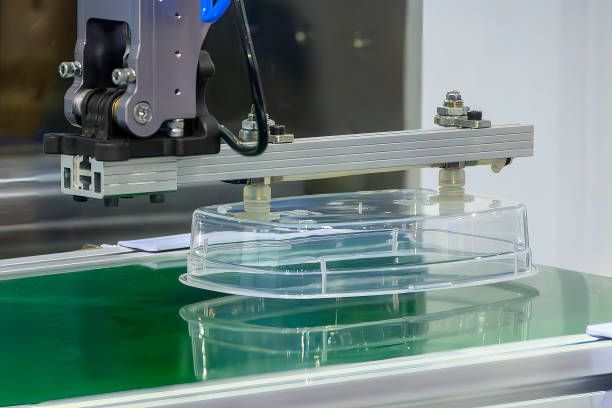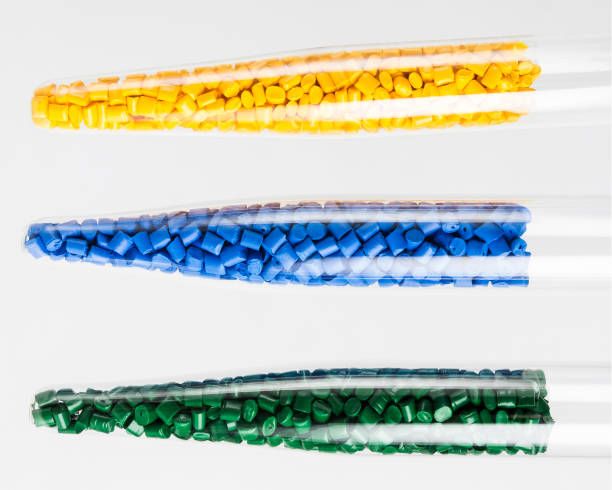Unlock your product's potential with our One-stop solutions!
+86-755-83222882

GET QUOTE
What is the Prototype Injection Molding Process?
Prototype injection molding is a crucial phase in product development, allowing companies to test and refine their designs before committing to mass production. This blog delves into the prototype injection molding process, explaining its significance, steps, benefits, and best practices. By understanding the prototype injection molding process, businesses can ensure their products are market-ready, functional, and cost-effective.
Understanding the Prototype Injection Molding Process
Prototype injection molding is a fundamental manufacturing technique used to create sample products or parts for assessing design, functionality, and manufacturability. This process entails injecting molten plastic into a mold to form a prototype, aiming to pinpoint potential design flaws and facilitate necessary adjustments before progressing to full-scale production.
Key Steps in the Prototype Injection Molding Process
Design and Material Selection
The process commences with crafting a meticulous product design using CAD software. Choosing suitable materials that align with the final product's specifications is crucial for achieving desired outcomes.
Creating the Mold
Next, a mold is fabricated from aluminum or steel, tailored precisely to the design requirements. Aluminum molds are often preferred for prototypes due to their cost-efficiency and shorter production cycles.
Injection Molding
Once prepared, the chosen plastic material undergoes melting and is injected into the mold under high pressure. This procedure ensures the molten plastic fills the mold cavity, taking on the desired prototype's shape.
Cooling and Ejection
Post-injection, the plastic inside the mold cools and solidifies. Upon solidification, the mold opens, and the prototype is ejected, ready for further evaluation.
Testing and Evaluation
Finally, the prototype undergoes rigorous testing to assess functionality, durability, and identify any design flaws necessitating refinement. This critical phase ensures that the prototype meets quality standards and aligns with the product's intended purpose, facilitating seamless transitions to full-scale production.
Why is the Prototype Injection Molding Process Important?
The prototype injection molding process is essential for several reasons:
Cost-Effective
By creating prototypes, companies can identify design flaws early in the development process, saving money on potential rework and material wastage. Adjustments made during the prototype phase are significantly less costly than changes made during mass production.
Accelerates Time-to-Market
Rapid prototyping enables quicker iterations and improvements, speeding up the overall product development timeline. This efficiency is crucial in competitive markets where time-to-market can be a significant differentiator.
Improves Product Quality
Testing prototypes helps ensure the final product meets quality standards and performs as intended. This process reduces the risk of releasing defective products, which can damage a company's reputation and lead to costly recalls.
Materials Used in Prototype Injection Molding
Choosing the right material is a critical aspect of the prototype injection molding process. Common materials include:
Thermoplastics
Thermoplastics like ABS, polycarbonate, and polypropylene are popular due to their versatility, ease of molding, and durability. They are ideal for creating functional prototypes that closely mimic the final product.
Thermosetting Plastics
Although less common, thermosetting plastics can be used for prototypes requiring higher heat resistance and structural integrity. These materials undergo a curing process that makes them hard and inflexible, providing a realistic representation of the final product.
Best Practices in Prototype Injection Molding
To achieve optimal results in the prototype injection molding process, consider the following best practices:
Collaborate with Experts
Working with experienced mold designers and manufacturers ensures high-quality prototypes. Their expertise can help optimize the design for manufacturability and identify potential issues early.
Embrace Iterative Design
Prototyping is an iterative process. Be prepared to create multiple versions of your prototype, testing and refining each one until the design is perfect. This approach minimizes risks and enhances the final product's quality.
Use Advanced Simulation Tools
Leverage simulation software to predict how the material will flow within the mold, identify potential defects, and optimize the injection molding process. These tools can save time and resources by reducing the need for physical prototypes.
Common Challenges in Prototype Injection Molding
Despite its benefits, the prototype injection molding process can present challenges:
High Initial Costs
Creating molds can be expensive, particularly for complex designs. However, the long-term savings and benefits often outweigh these initial costs.
Design Limitations
Some intricate designs may be challenging to achieve with prototype injection molding. In such cases, alternative prototyping methods like 3D printing might be considered.
Future Trends in Prototype Injection Molding
The prototype injection molding process continues to evolve with technological advancements:
Additive Manufacturing Integration
Combining injection molding with additive manufacturing (3D printing) can enhance prototyping capabilities. This hybrid approach allows for more complex and precise prototypes.
Sustainable Materials
The industry is moving towards using eco-friendly materials in the prototype injection molding process. These materials reduce environmental impact and align with the growing demand for sustainable products.
Digitalization and Automation
The integration of digital technologies and automation in the prototype injection molding process streamlines operations, reduces human error, and improves efficiency.
Conclusion
Understanding the prototype injection molding process is vital for businesses aiming to develop high-quality products efficiently and cost-effectively. By following best practices and staying abreast of industry trends, companies can leverage this process to create successful prototypes, ultimately leading to better final products. Embracing the prototype injection molding process ensures that potential issues are addressed early, saving time and resources, and paving the way for successful product launches.
When it comes to reliable and high-quality pertprototype injection molding services, SZOMK is your ideal partner. With years of experience and a commitment to excellence, SZOMK offers comprehensive solutions tailored to meet your specific needs. From expert mold design to precise manufacturing and rigorous testing, SZOMK ensures your prototypes are of the highest quality. Trust SZOMK to bring your innovative ideas to life and help you succeed in a competitive market.


